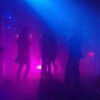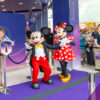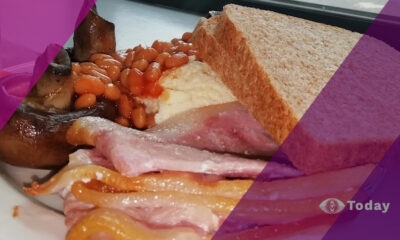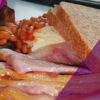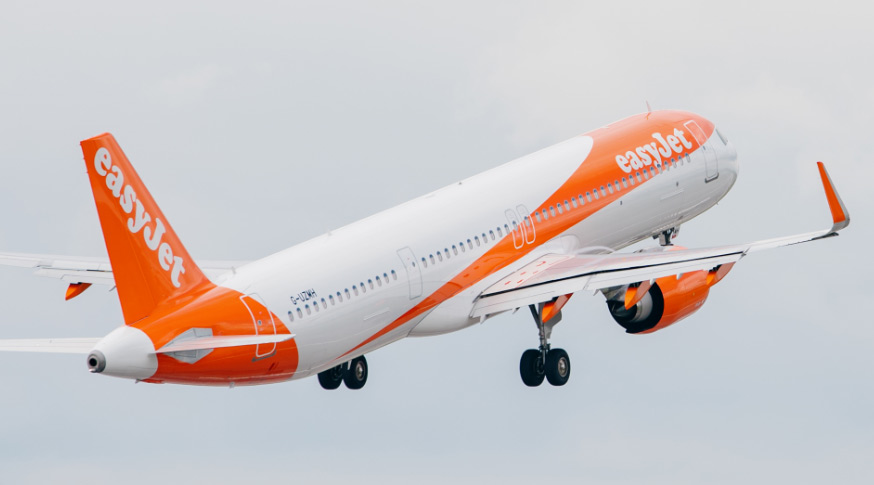As the holiday season continues some words of advice…
One crucial piece of advice from a flight attendant is to never drink tap water on a plane. Leading travel expert Ski Vertigo and a veteran flight attendant emphasise that drinking tap water on a plane is one of the most important things to avoid during a flight due to the potential risks to your health and overall travel experience.
1. Contaminated Water Tanks
Airplane water tanks are often not adequately cleaned, leading to potential contamination. Research and reports indicate that the water in these tanks can harbour harmful bacteria and pathogens. The Environmental Protection Agency (EPA) has found that a significant percentage of aircraft tested positive for coliform bacteria, and even E. coli in some cases. These bacteria can cause serious gastrointestinal issues and other infections.
- Frequency of Cleaning: The cleaning schedules for airplane water tanks are irregular and not as rigorous as those for municipal water supplies. This infrequent maintenance increases the likelihood of contamination.
- Biofilm Formation: Over time, biofilms—a layer of bacteria and microorganisms—can form inside the tanks, making it extremely difficult to eradicate all harmful agents even during cleaning.
2. Dirty Coffee Makers
The coffee and tea served on flights are often made using the plane’s tap water, which means that any contamination in the water tanks is also present in these beverages. Flight attendants have reported that the equipment used to brew coffee and tea, such as coffee makers and kettles, are not always cleaned properly. This can result in the presence of additional bacteria and mould.
- Internal Contamination: Coffee makers on planes are known to harbour mould and bacteria because they are difficult to clean thoroughly.
- Health Risks: Consuming beverages made with contaminated water can lead to nausea, diarrhoea, and other gastrointestinal problems, which can be particularly unpleasant during a flight.
3. Health Risks
Drinking contaminated water can lead to a range of health issues, from mild gastrointestinal discomfort to severe infections. The risk is higher for vulnerable passengers, including those with weakened immune systems, the elderly, and young children.
- Gastrointestinal Infections: Ingesting bacteria such as E. coli can cause symptoms like stomach cramps, vomiting, and diarrhoea.
- Long-term Impact: Repeated exposure to contaminated water can weaken the immune system over time and lead to chronic health problems.
4. Limited Regulation and Testing
Unlike municipal water supplies, which are regularly tested and regulated, the water on aeroplanes is subject to far less frequent testing. The Aircraft Drinking Water Rule (ADWR) by the EPA mandates testing, but compliance and enforcement can vary, leading to inconsistent water quality.
- Inconsistent Standards: The standards for airplane water safety are not as stringent as those for public water systems, resulting in potential lapses in water quality.
- Infrequent Inspections: Water quality tests and tank cleanings are conducted less frequently, increasing the chances of contamination going unnoticed.
5. Alternative Options Available
Passengers can take proactive steps to ensure they have access to safe drinking water during their flight. Bringing your own bottled water or purchasing bottled beverages from airport vendors before boarding are effective ways to avoid the risks associated with airplane tap water.
- Pre-Flight Preparation: Planning ahead and bringing enough bottled water for the duration of your flight can prevent the need to rely on potentially contaminated plane water.
- Onboard Purchases: Many airlines offer bottled water and sealed beverages for purchase during the flight, providing a safer alternative.
A flight attendant, who spoke to Ski Vertigo, commented:
“To save money and stay healthy on your flight, pack an empty reusable water bottle in your carry-on luggage. Once you’ve passed through security, fill it up at a water fountain or bottle refill station in the airport. This ensures you have clean water without the cost of purchasing bottled water from airport vendors or on the plane, where prices can be high.
“For a comfortable and hygienic flight, consider bringing your own snacks and beverages. Many airports have shops offering a variety of food and drink options, often at a lower cost than what you’ll find in-flight. On top of that, by selecting your own items, you can cater to your dietary preferences and avoid any potential health risks from plane-provided beverages and meals.”

